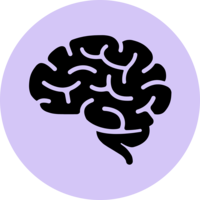Haematological Malignancy Research Network (HMRN)
The HMRN is a population-based patient cohort of around 30,000 patients across two adjacent Cancer Networks in England: the Yorkshire Cancer Network and the Huber & Yorkshire Coast Cancer Network. Since September 2004, patients living in the area have entered the cohort on the day they are first diagnosed with a haematological neoplasm or precursor condition, with diagnostic/prognostic data linked to clinical information from National Health Service (NHS) medical records. A comparison cohort of 10 individuals matched on sex and year of birth to each patient diagnosed between 2009 and 2015 has since been incorporated from the national population-based National Health Service Central Register.
Study design
Cohort - clinical, Registry
Number of participants at first data collection
30,000 (participants)
Recruitment is ongoing
Age at first data collection
Varied (participants)
Participant year of birth
Varied (participants)
Participant sex
All
Representative sample at baseline?
The sociodemographic structure of HMRN's study area is broadly similar and representative of the United Kingdom as a whole.
Sample features
Countries
Year of first data collection
2004
Primary Institutions
University of York
Profile paper DOI
Funders
Bloodwise (now known as Blood Cancer UK)
Ongoing?
Yes
Data types collected




- Physical or biological assessment (e.g. blood, saliva, gait, grip strength, anthropometry)
- Secondary data
- Self-completed questionnaire – unspecified
- Interviews or focus groups
- Computerized tomography (CT)
- Magnetic Resonance Imaging (MRI)
- Positron Emission Tomography (PET)
- Census data
- Geographic, spatial & environmental data
- Healthcare data
- Mortality data
Engagement
Keywords



